As Wild Justice calls for a curtailment to woodcock shooting, Andrew Hoodless, GWCT's director of research, explains why we should avoid a statutory change to the season
The woodcock is an enigmatic species revered by Shots and birders alike, and one that I have spent the majority of my career studying. There have been nights enduring pouring rain and howling wind ringing woodcock in winter, and hours spent in clouds of persistent midges while recording roding woodcock in spring. But there are exceptional moments, too, watching a woodcock evade a sparrowhawk in the early evening twilight and observing a female carrying a chick.
Seeing woodcock display in the mist above scrub-clad hillsides in the Azores was both eerie and timeless. At present the woodcock season opens, as with other gamebirds, on 1 October and closes on 31 January. Most Shots will be aware that while the global woodcock population is stable, our resident, breeding population is in decline. They will also be aware of recent calls by Wild Justice for a statutory change in the close season for woodcock. The idea of only shooting woodcock after 30 November to reduce the impact on resident birds is not new; the GWCT suggested it as a voluntary, precautionary measure about five years ago. So, has our thinking changed and what should shoots do to help our resident birds?
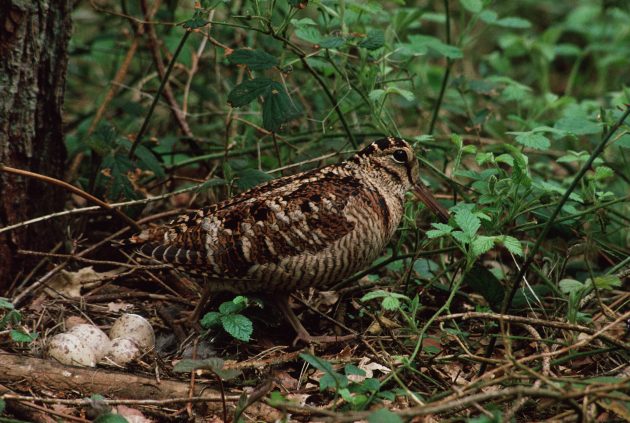
WOODCOCK POPULATIONS
First, some details on woodcock populations. In winter we see a large influx of migrant birds from the main breeding grounds in Norway, Sweden, Finland, the Baltic states and Russia. They arrive from October to January, and we estimate that between 800,000 and 1.3 million migrant woodcock typically winter in Britain and Ireland. Monitoring in Scandinavia, Finland and Russia suggests these breeding populations are stable. However, work by the GWCT and British Trust for Ornithology (BTO) shows a range contraction for our resident woodcock of 56% between 1970 and 2010. Our population estimate, based on randomised surveys across Britain, fell by 29% from 78,350 males in 2003 to 55,240 males in 2013.
At present, we cannot rule out shooting as a factor in the decline of our resident population, although we think its contribution at a national scale is likely to be small relative to other factors, but it could be important at a local level. The GWCT advises not shooting woodcock before 1 December to give migrant numbers time to build up and hence to minimise the chance of shooting a resident. Data from the BTO’s BirdTrack scheme suggests that migrant numbers build up from late October, and we know from our satellite tracking of migrant woodcock that the average arrival date in Britain is 10 November.
We think it prudent that shoots do their best to look after any resident birds until we have a better idea of what is driving their decline and have a good understanding of the effect of shooting on numbers. However, we recognise that some areas, typically the western fringes of the British Isles, have never historically supported breeding woodcock, and some areas, typically on the north and east coasts, only see migrants briefly early in the season. A ‘one-size-fits-all’ approach is therefore inappropriate; good local knowledge and careful consideration of when to shoot and the size of bag are important. We think a voluntary, early season moratorium in areas with breeding woodcock is a better approach than a statutory change to the season.
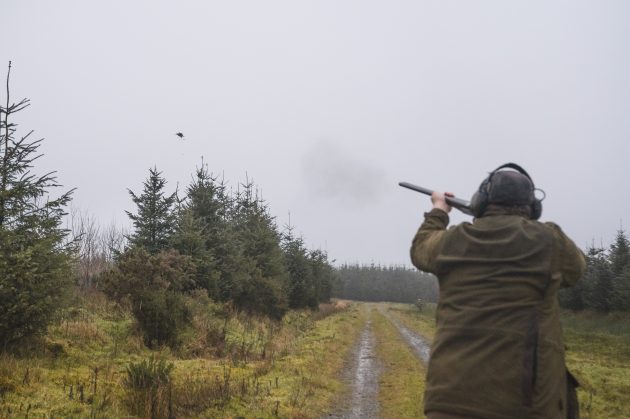
Wild Justice thinks differently, pointing to a small number of instances of apparent non-compliance with GWCT guidance to argue that a statutory change to the season is necessary to confer the precautionary protection for resident woodcock. The campaign group claims to be using woodcock shooting as a test of politicians’ commitment to wildlife conservation, but its rhetoric fails to convey a desire to find solutions to recover population numbers. We believe that engaging with stakeholders and understanding their motivations is crucial to implementing effective conservation measures. In this case, those who run shoots are well placed to manage habitat for woodcock.
From giving talks on our research around the country each year and talking to those who attend, I believe there has been a shift in attitudes to shooting woodcock, with less pressure on them than 10 or 15 years ago. The scale of change is difficult to quantify, but in a recent (winter 2017-18) online survey with almost 500 respondents, 75% indicated that they had delayed the start of their shooting season and the bulk of their bags was taken after 1 December. Of course, these responses might not be truly representative of the shooting community, but they suggest a shift in behaviour. For this reason, it makes sense to examine other factors that might have exerted greater influence on breeding woodcock numbers during the period of population decline. Changes in habitat quality and predation pressure are likely to be important.
Using data from our national Breeding Woodcock Surveys in 2003 and 2013, we were able to explore habitat relationships. At large landscape scale, breeding woodcock abundance was positively correlated with total woodland area and woodland heterogeneity. Woodcock were less abundant close to urban areas. On a within-wood scale, tree species composition and open areas within the woodland influenced woodcock abundance. No evidence was found for an effect of cropping outside woodland or roe deer abundance. This work indicates that area of suitable habitat, woodland management and possibly human recreation or disturbance affect breeding woodcock. The study was not able to assess the contributions of predation and shooting to woodcock abundance or trends.
An increasing trend in average woodland age and a reduction or cessation in woodland management might be important in recent breeding declines, and the maturation of the conifers established in the 1950s and 1960s will undoubtedly have resulted in large areas of formerly suitable habitat being far less attractive to breeding woodcock. Changes in woodland management over the past 50 years have been implicated in the decline of other woodland birds, and trial management has now been shown to be beneficial for species such as willow warbler and marsh tit. From GPS tracking of birds in Nottinghamshire and Hampshire, we have a clearer understanding of which woodland features are heavily utilised by woodcock. Based on our research and experience, the birds appear to favour large woods (greater than 30 hectares) and benefit from woodland diversity.
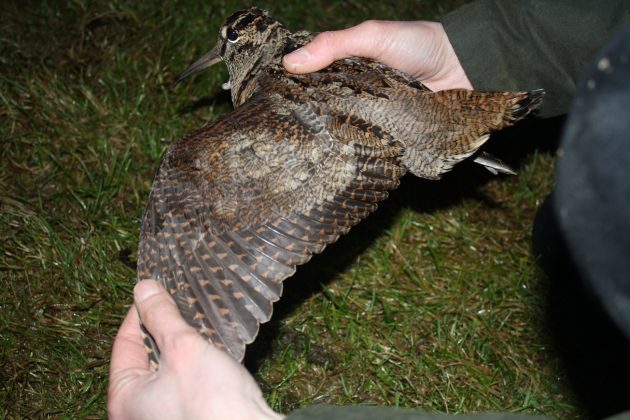
They use clearings and woodland edges for display and feeding at twilight, they tend to nest predominantly within 100 metres of woodland edges and they use young, dense woodland for roosting, feeding and rearing young. Management techniques that encourage the establishment of young woodland, through clearing and natural regeneration, and that increase stand age structure and shrub diversity, are likely to benefit woodcock. Measures such as reinstating and widening rides to provide breaks in the tree canopy, mowing rides annually, creating clearings by felling small groups of trees, allowing patches of natural regeneration by early successional trees such as birch and willow at woodland edges or within parts of large clearings, and coppicing hazel and sweet chestnut are all likely to be beneficial. The aim should be to create a mosaic of woodland types and ages, with rides and clearings comprising about 10% to 20% of the woodland area.
The chances of encouraging breeding woodcock to colonise a new site or recolonise an area where they are locally extinct are slim, given that woodcock only disperse over short distances. Ideally, work should be undertaken within about 15km of known breeding woods. Managing habitat on a small patch scale every few years can be uneconomical in terms of hiring equipment or a contractor, and working with neighbours over a larger scale may be necessary to reduce costs. Grants to assist with costs include Woods into Management Forestry Innovation Funds and the England Woodland Creation Offer.
I can envisage how shooting could be contributing to declines in our resident woodcock and we must gain a better understanding of situations when it is not sustainable, along with a better insight into the influences of climate change and predation on woodcock populations. GWCT research is ongoing and we should have some answers next year. I am fully prepared to change my stance on the woodcock season if we come up with clear evidence that shooting is impacting our resident woodcock, but I do not see any sense in a statutory change now.
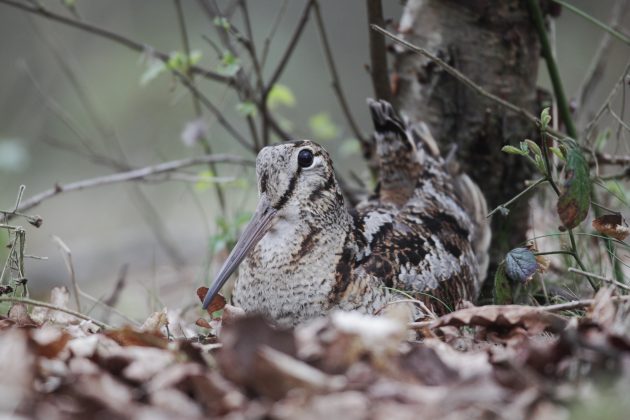
The GWCT and BTO will be conducting a repeat national Breeding Woodcock Survey in 2023. This will provide an up-to-date population estimate and enable regional assessments of change in breeding woodcock numbers since 2013. It would be sensible to wait for the results of this survey before considering a change to the close season.
The concern over a statutory change in the woodcock season for many Shots is that it would be difficult to reverse even if woodcock fortunes turn around in future years. Enforcing a shorter season now risks alienating the people who might be best placed to implement more effective habitat management. The GWCT has emphasised the importance of obtaining a good local understanding of woodcock numbers and of restraint when the decision is made to shoot.
Landowners and gamekeepers should make it their business to know whether woodcock are present in summer and which woods are used by local breeders. If there is uncertainty, watching from a ride in the largest wood at dusk on a couple of evenings in May or June should be sufficient to detect the unmistakable call and flight of roding males. In upland areas, they can be seen over open moorland as they move between patches of birch or conifer. Counts of birds feeding on fields when out with a lamp between October and December will soon make it clear when the migrants have arrived in good numbers on your patch.
Andrew Hoodless is the GWCT’s director of research and a leading authority on woodcock. Help the GWCT understand the decline in resident woodcock and devise solutions by making a donation at gwct.org.uk/woodcockappeal
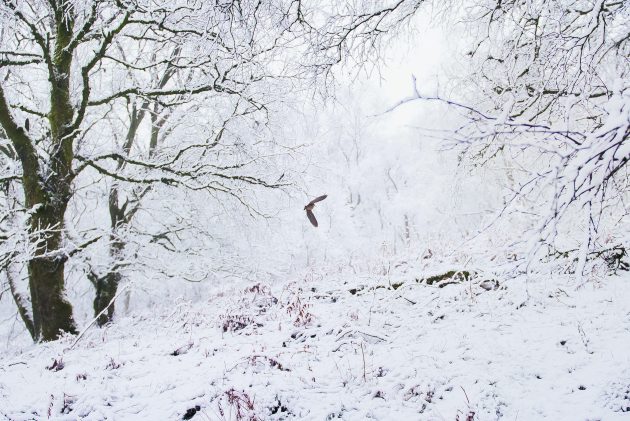
TAKE PART IN THE 2023 BREEDING WOODCOCK SURVEY
The GWCT and the BTO have conducted two national surveys of breeding woodcock, in 2003 and 2013. You can help us establish the current status of our breeding woodcock by taking part in the next national survey in spring 2023, which simply involves three evening counts during May and June. For more details, visit: bto.org/our-science/projects/woodcock-survey
LEARN MORE ABOUT THE GWCT’S WORK AND LEND YOUR SUPPORT
The GWCT has led research on woodcock ecology and conservation over the past 40 years, much of which has been funded by the shooting community. We believe that policy decisions should be informed by science. To read more about our research, visit: gwct.org.uk/about-woodcock and woodcockwatch.com




